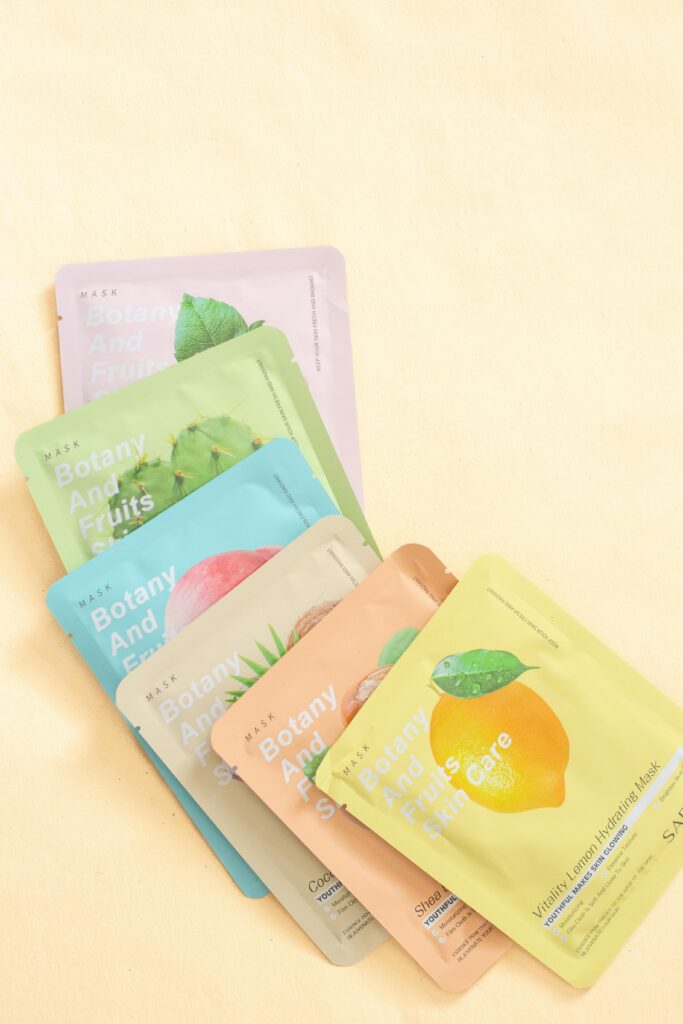The Korean 10-step skincare routine has become a global sensation, promising flawless, radiant skin that looks like it’s been airbrushed. For many, it’s a daily ritual; for others, it’s an intimidating chore. So, is this elaborate regimen worth your time, or is it just a clever marketing gimmick? As a cosmetic surgeon who’s spent years treating a variety of skin concerns, I’m here to break it all down for you.
What is the Korean 10-Step Skincare Routine?
This routine is a multi-step process designed to thoroughly cleanse, hydrate, and nourish your skin. Here’s what it typically includes:
- Oil Cleanser: Removes makeup and sunscreen.
- Water-Based Cleanser: Cleans away dirt and impurities.
- Exfoliation: Sloughs off dead skin cells.
- Toner: Prepares the skin for hydration.
- Essence: A lightweight layer for added hydration.
- Serum/Ampoule: Targets specific concerns like acne or pigmentation.
- Sheet Mask: Provides an intense moisture boost.
- Eye Cream: Hydrates and protects the delicate under-eye area.
- Moisturizer: Locks in hydration.
- Sunscreen (AM): Protects from harmful UV rays.
At its core, this routine is about layering lightweight products to achieve maximum hydration and nourishment—a philosophy rooted in Korean beauty culture’s obsession with “glass skin.”
The Benefits of the 10-Step Routine
Deep Cleansing
Double cleansing (steps 1 and 2) is a cornerstone of the Korean routine, ensuring every trace of makeup, sunscreen, and dirt is removed. This can be a game-changer for those who wear heavy makeup or live in polluted environments. Many of my patients with clogged pores have seen significant improvements after incorporating double cleansing.
Hydration Boost
Toners, essences, and moisturizers work together to maintain the skin’s moisture barrier. Well-hydrated skin not only looks healthier but is also less prone to irritation and breakouts.
Tailored Treatments
Serums and ampoules allow you to address specific concerns, from acne to hyperpigmentation. The beauty of this step is its customization: you can pick what works best for your skin.
A Moment of Self-Care
There’s something therapeutic about dedicating time to yourself. Applying a sheet mask, for instance, can feel like a mini spa moment after a long day.
Is It Too Much?
Time Commitment
Let’s be honest—spending 30 minutes on skincare every day isn’t feasible for everyone. Between work, family, and other responsibilities, many people struggle to find the time.
One of my patients, a young professional in her 20s, confessed she couldn’t keep up with all 10 steps every night. She ended up feeling guilty for skipping steps, which defeated the purpose of self-care.
Overloading Your Skin
Using too many products can overwhelm your skin, leading to irritation or clogged pores. Over-cleansing or over-exfoliating can also disrupt your skin barrier, making it more prone to sensitivity.
Cost Considerations
The financial burden of maintaining a multi-product routine is another downside. High-quality skincare products aren’t cheap, and buying 10 of them can add up quickly. For those on a budget, this routine may feel more like a luxury than a necessity.
Does It Work for Everyone?
Skin Type Matters
The effectiveness of the Korean routine largely depends on your skin type. For instance:
- Dry Skin: Benefits greatly from the hydration-focused steps.
- Oily Skin: May feel weighed down by too many layers.
- Sensitive Skin: Could react poorly to certain products or over-exfoliation.
Climate Considerations
Your environment plays a role too. In humid climates, layering multiple products might feel too heavy, while in dry climates, it can be a lifesaver for parched skin.
Personalization is Key
Not all 10 steps are necessary for everyone. The best approach is to tailor the routine to your needs. For example, if your skin is acne-prone, focus on a good cleanser, targeted treatments, and a lightweight moisturizer.
Science vs. Marketing
Many products in the 10-step routine, like essences and sheet masks, sound impressive but have limited scientific backing. While they provide hydration, they’re not always essential. For instance, you can achieve similar results with a well-formulated serum or moisturizer.
The popularity of this routine owes much to clever marketing and the fear of missing out (FOMO). It’s easy to feel like you need every step to achieve perfect skin, but often, less is more.
Streamlining the Routine: A Practical Approach
If the 10-step routine feels overwhelming, don’t worry. You can still reap its benefits by simplifying it.
The Essentials
At a minimum, focus on these three steps:
- Cleanser: Removes impurities and preps your skin.
- Moisturizer: Hydrates and protects the skin barrier.
- Sunscreen (AM): Shields against UV damage.
Optional Add-Ons
Based on your skin’s needs, you can incorporate:
- Serums: For specific concerns like acne or dark spots.
- Exfoliants: Once or twice a week to improve texture.
- Eye Cream: If you have dryness or puffiness under the eyes.
Expert Tip
Remember, consistency is more important than the number of steps. A simple routine done regularly will outperform an elaborate one you can’t sustain.
When to Seek Professional Help
If you’re not seeing results or dealing with persistent skin issues, it may be time to consult a professional. Medical-grade treatments like chemical peels, microneedling, or laser therapy can address concerns more effectively than over-the-counter products.
One patient came to me after months of following the 10-step routine with little improvement in her acne scars. After a series of microneedling sessions, her skin texture improved dramatically—something her routine couldn’t achieve on its own.
Conclusion: Is the 10-Step Routine a Waste of Time?
The Korean 10-step skincare routine isn’t inherently a waste of time, but it’s not a magic formula either. While it offers benefits like hydration and self-care, it’s not essential for everyone. The key is to listen to your skin and customize your routine based on your needs, lifestyle, and budget.
At the end of the day, skincare should be about enhancing your skin’s health and making you feel good—not about keeping up with trends. Whether you stick to 10 steps or streamline to three, the best routine is the one that works for you.

